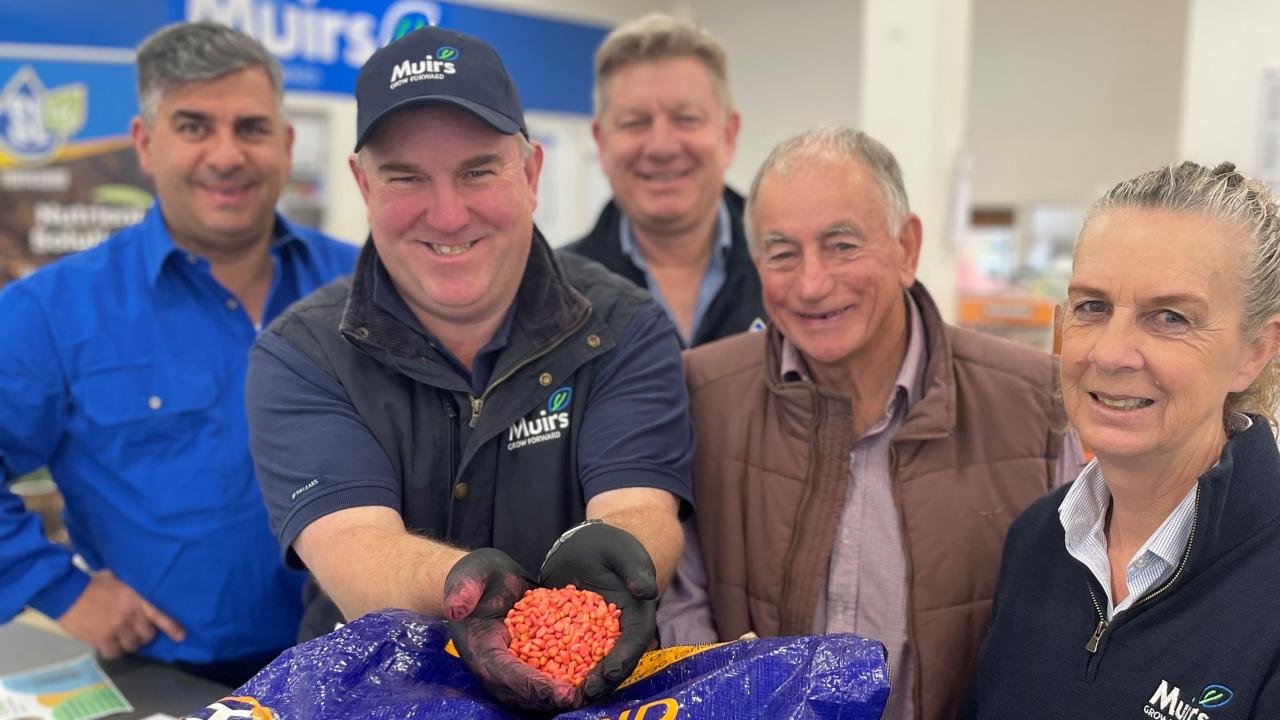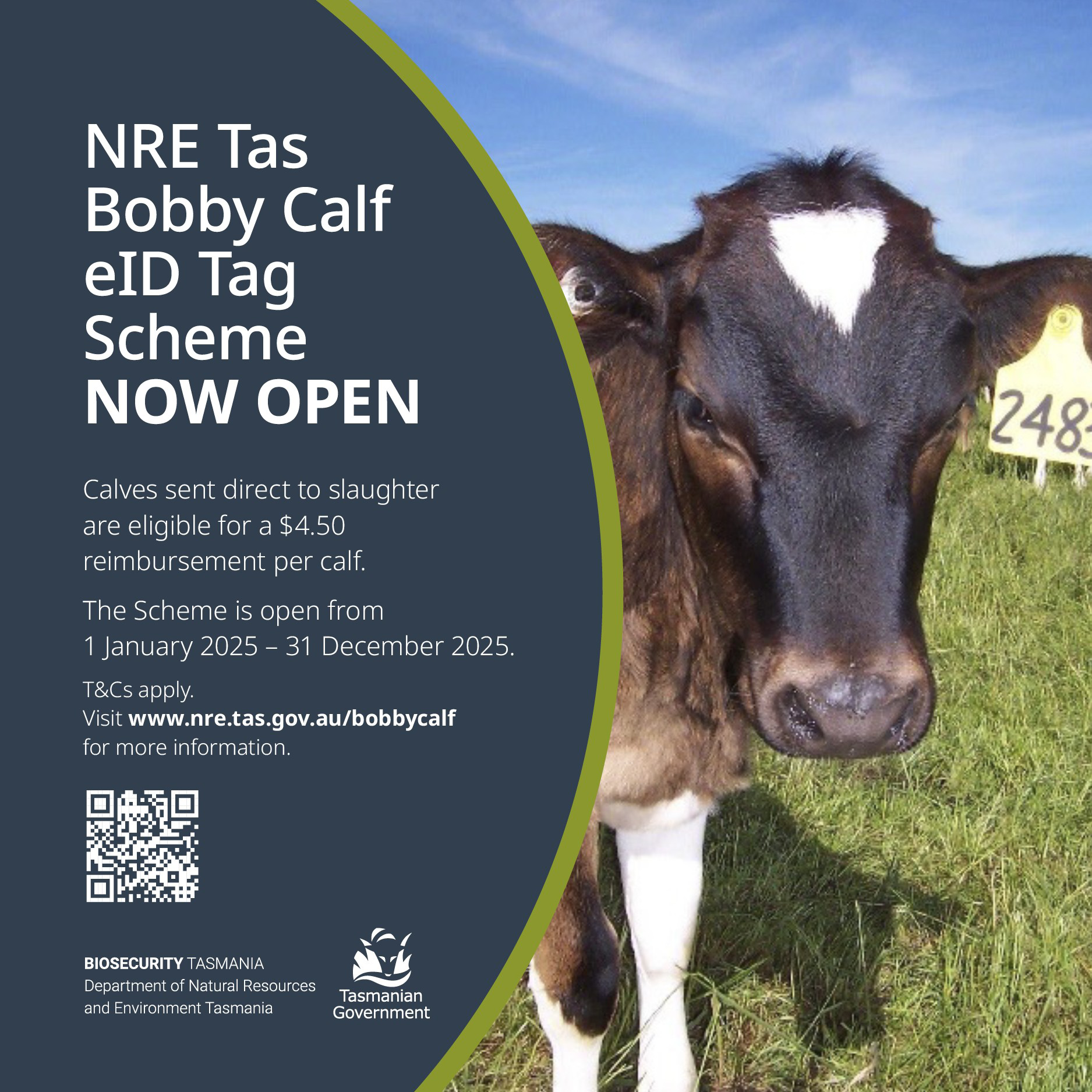Darby provides a-maize-ing advice for livestock feeding

Former north-west dairy farmer turned nutrition consultant Darby Norris combined two jobs last Thursday, sorting out some feed issues for the Hall family’s Quarterway Angus stud at Scottsdale and adding some valuable insight into the feeding of maize at a workshop at Muirs.
Darby was one of two guest speakers at the workshop, and he talked about the benefits of including maize to maintain high energy levels in stock and maintain and add weight when necessary.
His key message was - quality matters.
“It was a great chance to educate local farms on the best way to add it to a stack and to achieve the right dry matter percentage, plus how to cover and roll the stack to maintain the best quality feed to go into livestock,” he said.
“If it’s not done right you’ve paid a lot of money to grow it and a lot of money to cut it and put it into the stack and if you don’t do that last job right you’ve lost its nutrients and the ability of the animal to utilise it – and that means losing money.”
Maize is used predominantly to supplement feeding of beef and dairy cattle, and the chopped silage is usually stored under plastic and tyres in a paddock to keep it dry and mould-free.
SR Seeds sales rep Marcel Labandera was happy to sing the praises of maize, the only crop he believes can deliver high quality fibre and starch in the same package.
“Maize become particularly efficient when you maximise your pasture rotation, then it becomes your friend because it blends very well with other pastures and reduces the need to buy fodder,” he said.
“When you get everything in balance then you see a profit, and you can use maize as a tool to prepare for a new productive phase in the paddock.”
Marcel explained its tolerance to adverse weather conditions, yield expectations and its profitability when stock gains weight, along with tips for planting, harvesting and storage.
“I encourage local farmers to learn more about maize for silage and form a partnership with their local supplier, in this case Muirs, the seed company and the contractor.”




Add new comment